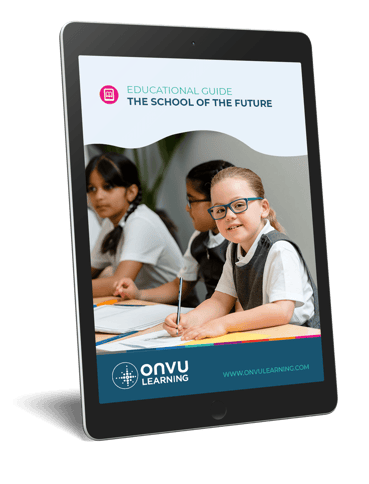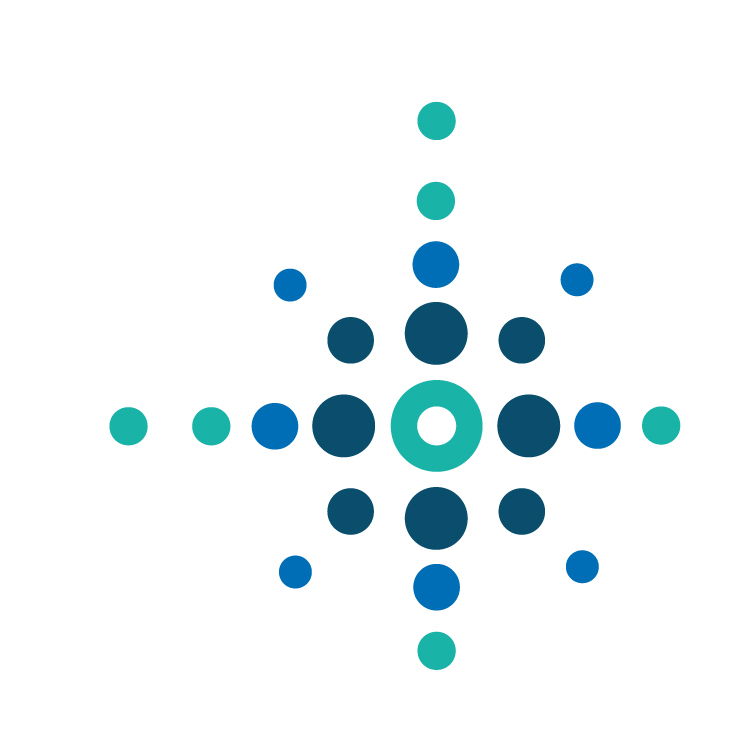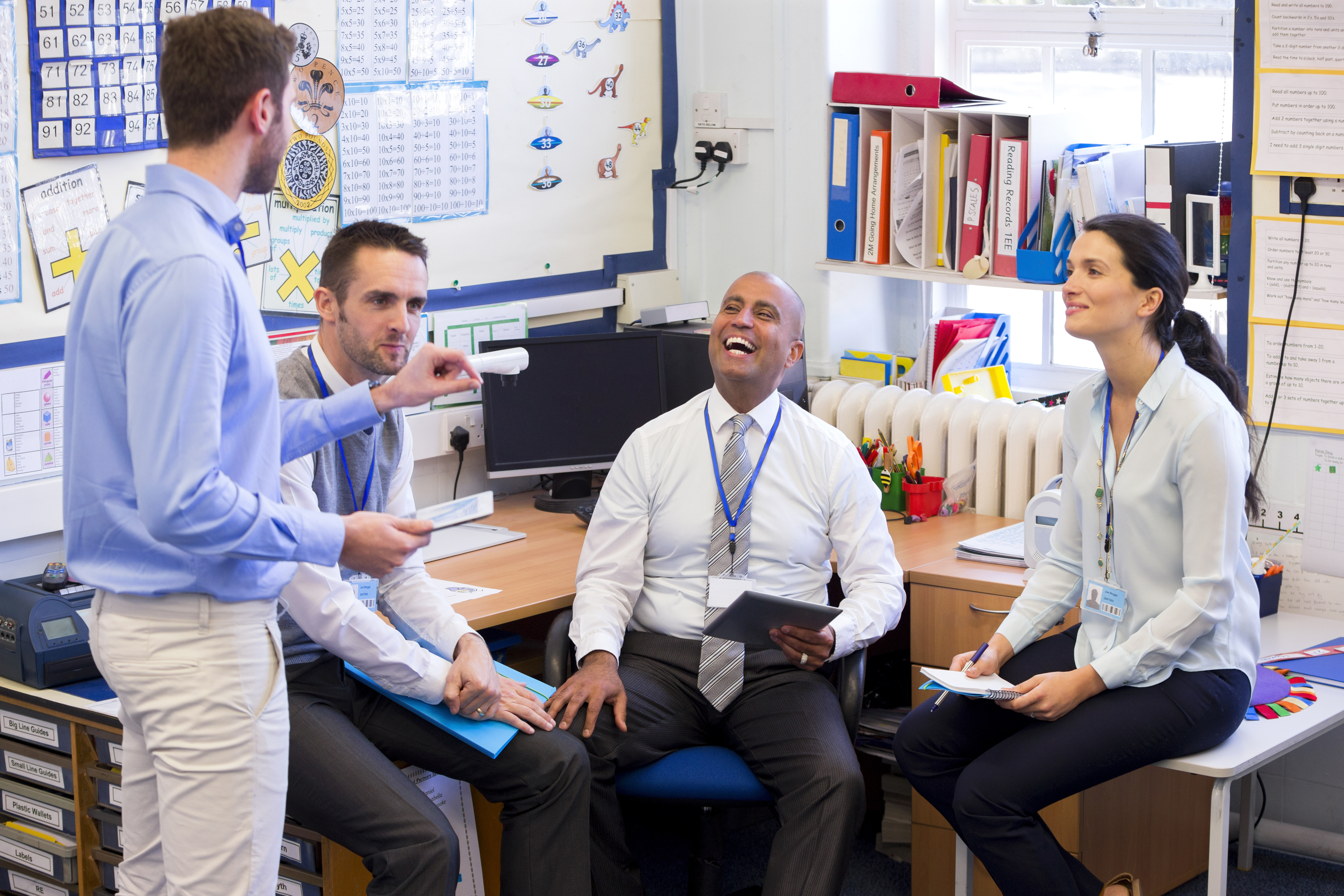- Lesson Observation Blogs
- 2 Minute Read



This article is the sixth in the series. Once you’ve started an observation programme, how can you use it to drive real and continuous improvement across your school? We’ve picked seven strategic challenges for schools and shown how lesson observation can contribute to their successful resolution.
Over the last months, we’ve been sharing our research, experience and thoughts on how best practice in lesson observation can drive you school’s improvement, change the culture and improve teaching and learning.
Our articles will cover the following topics…
To receive the whole series, make sure you sign up to our newsletter here – and follow us on social media.
—–
This might seem counter to everything you’ve heard about observations in the past, but reflective observations with or without the support of an external coach can help teachers realise how they can develop and, in the words of a teacher at one of our partner schools, ‘rediscover their teaching passion’.
At Aston University Engineering Academy they’re working on a project to improve the start of lessons. With 28 ONVU Learning cameras installed across every classroom, they can selectively see which techniques work well and share them to avoid learning loss in every lesson. It might seem a small thing, but just 2 minutes extra teaching every lesson adds up to over 5 student learning hours per day.
Schools are often trialling a range of innovations in schools – technology such as visualisers or iPad apps; new teaching tools such as knowledge planners; or new ways of questioning or checking student knowledge. Observation allows the actual impact of these to be evaluated quickly, rather than waiting for a later assessment by participants or an assessment of learning which might be skewed by other activities.
Performance management tends to see observation as a fairly blunt tool – either as a grade or as a tool for unearthing areas of ‘weakness’ for development. But what if it instead led to a discussion about what type of teacher they wanted to become and helped identify where they would like to go in their career? We’ve seen this approach revolutionise career development in the UK and now in India.
Schools are finding it difficult to differentiate themselves – and with the current ongoing teacher recruitment crisis this is a major barrier to finding the best new staff. But we’ve seen schools break through this problem by talking about their positive approach to recruitment and coaching in their advertising materials – one of our partner schools that used this approach had no problems recruiting this year.
Creating a shared language of observation between schools in a trust, between a remote school and an external expert or between a school and an ITT provider means that learning can be shared wider and wider. And using cloud-based video that removes travelling time means that collaboration and change can take place even faster.
We hope these tips can help you prepare for a lesson observation and achieve the most positive experience from it, as we understand that traditional observation methods can be nerve–wracking for even the most seasoned of teachers. If you are tired of such traditional methods then explore what ONVU Learning has been working on – an innovative and forward-thinking way to help teachers self-reflect on their lessons and improve their practice.

The School of the Future Guide is aimed at helping school leaders and teachers make informed choices when designing the learning environments of the future using existing and upcoming technologies, as they seek to prepare children for the rest of the 21st century – the result is a more efficient and competitive school.
KEEP IN TOUCH WITH ONVU LEARNING AND RECEIVE THE LATEST NEWS ON EDTECH, LESSON OBSERVATION, AND TEACHER TRAINING AND DEVELOPMENT.